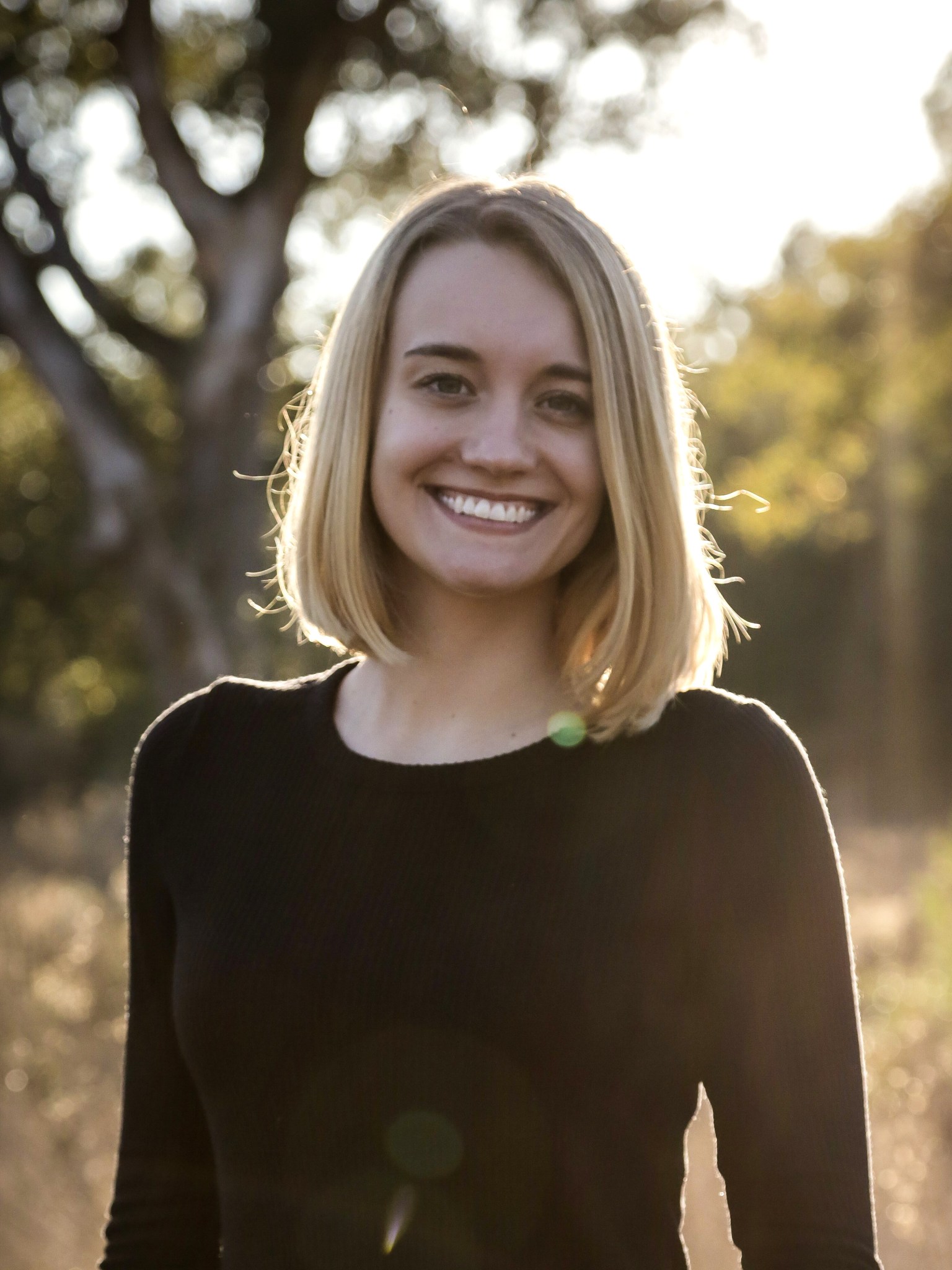Erica Jenson
University of Colorado, Boulder
The goal of most spacecraft optimal control problems involves minimizing the propellant required to achieve mission objectives. This research proposes an innovative approach in which maneuvers are optimized with the objective of minimizing the error in the system state. This approach is preferable when propellant requirements are small, but maneuver accuracy is paramount. In low gravity and microgravity environments, maneuvers must be executed with relatively small thrust magnitudes. However, these small thrust maneuvers have a high relative uncertainty that will propagate to the orbital elements, potentially resulting in large orbit errors and difficulties in guidance. For example, maneuvers in an asteroid environment can require very low changes in velocity (delta-Vs), sometimes on the order of magnitude of 1-10 mm/s. The uncertainty of any given thruster can be modeled with a fixed uncertainty component, unique to the thruster, and an uncertainty component proportional to the nominal thrust. Therefore, even very small delta-Vs (such as 10 mm/s) are subjected to the fixed uncertainty, which can be greater than 1 mm/s. To improve control authority, a trajectory designer may be forced to select a sequence of maneuvers that differs from the minimum fuel solution to avoid large errors.
The goal of this project is to create a robust control framework through which maneuvers can be optimized to reduce the final state error given an uncertainty model for the control input. Maneuvers on or near asteroids are the primary target for this optimization. Asteroid missions for planetary science, resource mining and utilization, and planetary protection have grown in importance in recent years, and such missions will benefit from improved maneuver accuracy. “Thrusting hoppers” on the surface of asteroids will also be investigated. Other small thrust scenarios of interest include equipment free-flying inside or outside large spacecraft, such as inspection cameras for the International Space Station, and precision docking and rendezvous of small spacecraft. Robust and optimal control techniques will be leveraged to develop an optimization method for these maneuvers. The result of this research will be a general robust guidance and control framework that can be applied to reduce error in a wide range of small thrust spacecraft maneuvers, without requiring improvement of the physical thruster on board. Therefore, this framework could not only be applied to future space missions, it could also improve maneuver accuracy for missions that have already launched.

























